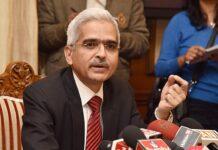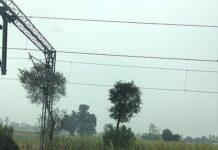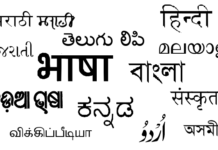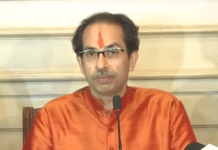Driven by the high data demand and growth potential, for improving network coverage and enhance connectivity, Vodafone-Idea had partnered with Nokia for deployment of Dynamic Spectrum Refarming (DSR) and mMIMO solutions. The company has now announced completion of the first phase of deployment of the two solutions. This will enable efficient use of spectrum assets and enhance customer experience. This, apparently, is a step forward towards smooth migration to 5G network in India where Nokia is likely to play a key role in near future.
India, home to 1.35 billion people, with a mobile subscriber base of over 1.18 billion subscribers (as of July 2018), aims at universal access to mobile connectivity. There is a focus on network penetration and filling the gaps in connectivity in uncovered rural and hilly areas. In the covered areas, there are issues of call drop and poor connectivity and ever-increasing demand of data. The data traffic has increased 44-fold in the last four years which is the highest in the world.
Therefore, to address these issues, Vodafone-Idea had partnered with Nokia for deployment of Dynamic Spectrum Refarming (DSR) and mMIMO solutions. The installation of these two solutions will enable better use of spectrum assets, enhance customer experience and pave way for a smooth migration to 5G
The companies have now announced completion of the first phase of deployment of the solutions across key Indian cities. This will enhance network capacity and data speed and efficiently meet data needs of subscribers in densely populated areas.
Nokia has employed its Dynamic Spectrum Refarming (DSR) solution that provides Vodafone with more network capacity and data speed so as to enable them to deliver best-in-class network experience to their customers. Nokia’s mMIMO (massive Multiple Input Multiple Output) solution supports exponential traffic growth by bringing extreme flexibility and automation, allowing service providers like Vodafone to adapt to dynamic and evolving traffic patterns while ensuring a world-class network experience.
Nokia has deployed more than 5,500 TD-LTE mMIMO cells (advanced 4G technology) in the 2500 Mhz spectrum band in eight circles (service areas) in Mumbai, Kolkata, Gujarat, Haryana, Uttar Pradesh (East), Uttar Pradesh (West), Rest of Bengal and Andhra Pradesh.
Deployment of DSR and mMIMO solutions from Nokia also paves the way for smooth migration to 5G technology.
Huawei has been at the forefront of making solutions for 5G technology so far, but competitors like Nokia and Ericsson are catching up and Nokia, driven by the award-winning Nokia Bell Labs, are becoming a leader in the development and deployment of 5G networks.
The emergence of Nokia as a leader in 5G networks provides an alternative for the Huawei 5G technology due to data protection and security reasons.
Huawei’s 5G deployment has already been banned in countries like Australia, New Zealand and Japan with countries like USA and India likely to follow suit. This presents Nokia with an exciting opportunity in the telecom World market going forward as 5G deployment will soon be a reality worldwide including India, one of the largest consumer bases for mobile and internet usage.
***

























